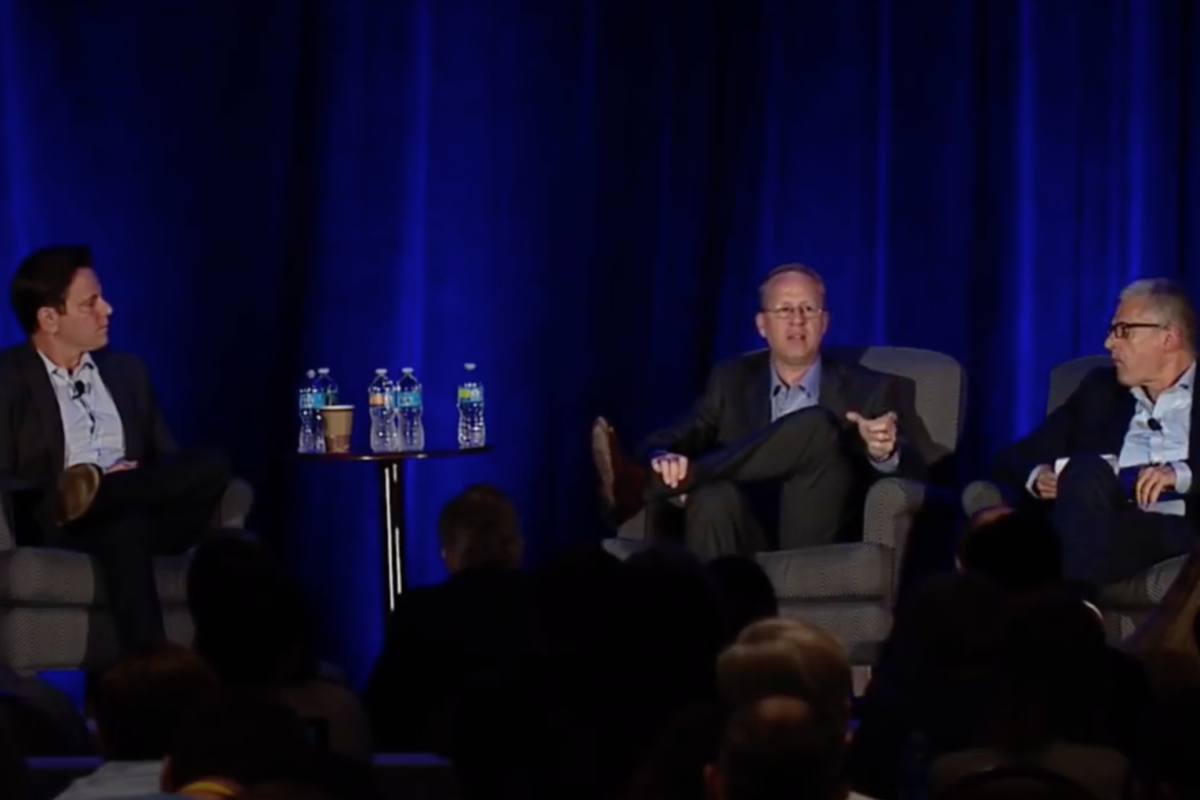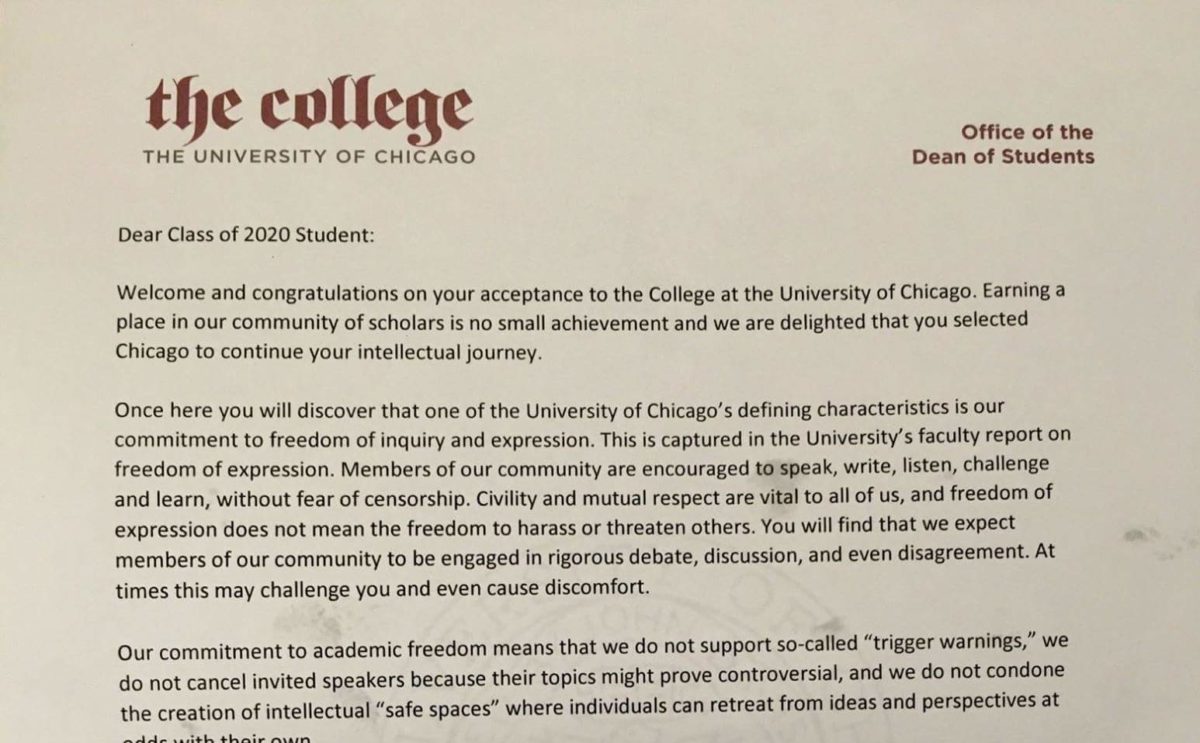 At UC Davis, students joined arms and blocked a sidewalk as part of the “Occupy” movement. After their demands to disperse were ignored, police doused the students with pepper spray. Videos of the event circulated immediately on the Internet. Supporters of the Occupiers and even some of their critics were outraged: how dare the police exercise this “brutality” against “peaceful protesters.”
At UC Davis, students joined arms and blocked a sidewalk as part of the “Occupy” movement. After their demands to disperse were ignored, police doused the students with pepper spray. Videos of the event circulated immediately on the Internet. Supporters of the Occupiers and even some of their critics were outraged: how dare the police exercise this “brutality” against “peaceful protesters.”
Allegations of police brutality are not unique to UC Davis. Virtually everywhere the Occupy movement has made news—from New York to Dallas to Oakland—police and city officials have been accused of exercising “disproportionate” force against these “nonviolent” demonstrators.
Some critics of the Occupiers complain that their encampments have become a public nuisance, lamenting their drum circles and unsanitary conditions. Others say that the camps encourage vagrancy, crime, and even rape. And it is indisputable that some individuals associated with the protests have engaged in full scale vandalism of neighboring businesses. No one can deny that at least some of these protesters have been violent.
Still, defenders of the protesters claim that vandals represent a small minority of the Occupiers, and that Occupiers have done their best to police their own camps and discourage illegal behavior. With such a record, do the “nonviolent” among them deserve to be pepper-sprayed, handcuffed, and hauled off in police wagons?
Recall that the members of this movement have announced their intention to occupy Wall Street and any number of other civil institutions. The name of the movement is a clear reference to military occupation. It would be a clever play on words if used to refer to protests against an unjust foreign war. But that is not what the Occupiers are protesting.
Protesters who occupy parks or college quads or bridges may not physically batter anyone or their property (at least as long as they’re not breaking windows or setting fires). But they do physically obstruct the paths that peaceful people have the right to travel, by occupying places they have no legal right to occupy. Whether they occupy privately-owned Zuccotti park, obstruct the lawn of a public university, or attempt to block the entrance to the New York Stock Exchange, legitimate rules exist for use of these spaces. Those rules appropriately prohibit vagrancy and other activities that prevent innocent people from going about their personal business.
Whether or not you identify such forcible interference with the peaceful everyday life of law-abiding citizens as “violence,” it is not peaceful. Occupiers are not attempting to persuade others to stay home from work. They are not simply boycotting businesses, hoping to convince them to change some objectionable practice. They are using force to stop people from associating with these businesses.
Still, Occupiers see their actions as justifiable. They are eager to play the role of martyr and sport the same halo of “civil disobedience” as the 1960s civil rights protests. Civil disobedience can be a noble and effective method of protest. Rosa Parks refused to give up her seat to a white passenger, breaking a local law requiring her to do so. This drew attention to the injustice of the law and led to its eventual repeal. But for such an act to be justifiable, the protester must be willing to accept the consequences of breaking the law—and the law must be unjust.
But what unjust law are the Occupiers protesting? By preventing ordinary citizens from going about their business, Occupiers are in effect protesting the “injustice” of laws that allow for peaceful interaction and free economic exchange. By what right do the Occupiers disrupt the lives and freedom of others?
Every American has a First Amendment right to “peaceably . . . assemble, and to petition the Government for a redress of grievances.” Like all rights, this right must be understood in context. The right to free speech does not include the right to order a mafia hit. The right to property does not include the right to attack someone with one’s property. And the right to assemble does not include the right to disrupt the lives of others.
Those who act beyond their rights and do violence to the rights of others are properly subject to legal restraint and punishment. And this means, at minimum, that police have the right to cart them away from the scene of the crime. This includes protesters who block traffic or who break the rules of public access to someone’s property.
It would be ridiculous for a kidnapper who has grabbed hold of a child to claim that he is being “peaceful” on the grounds that he does not batter the child. No one would abide his complaint about the “brutality” of the police officer who incapacitates and restrains him so the child can go free. Though his case is the more blatant interference with someone’s rights, it is no different in principle from that of the protesters who hold hostage the paths that others have the right to travel. Police have the right to cart away them away, and if protesters resist, the police have the right to remove them with force.
It is easy to capture video portraying the police as dealing harshly with protesters, and accuse them of “brutality” without considering the wider context of the event. Did the protesters do anything to provoke the police response? Did the police give them warnings? It is not easy to capture video of the fact that there are some forms of unjust, coercive provocation that are not overtly violent. This fact does not lend itself to the mob sensationalism of viral Internet videos.
But the Occupy protesters are not interested in engaging in rational persuasion. When force is no longer an option, they must resort to fallacies.
Creative Commons Licensed Photo by Flickr User Nick Gulotta.



